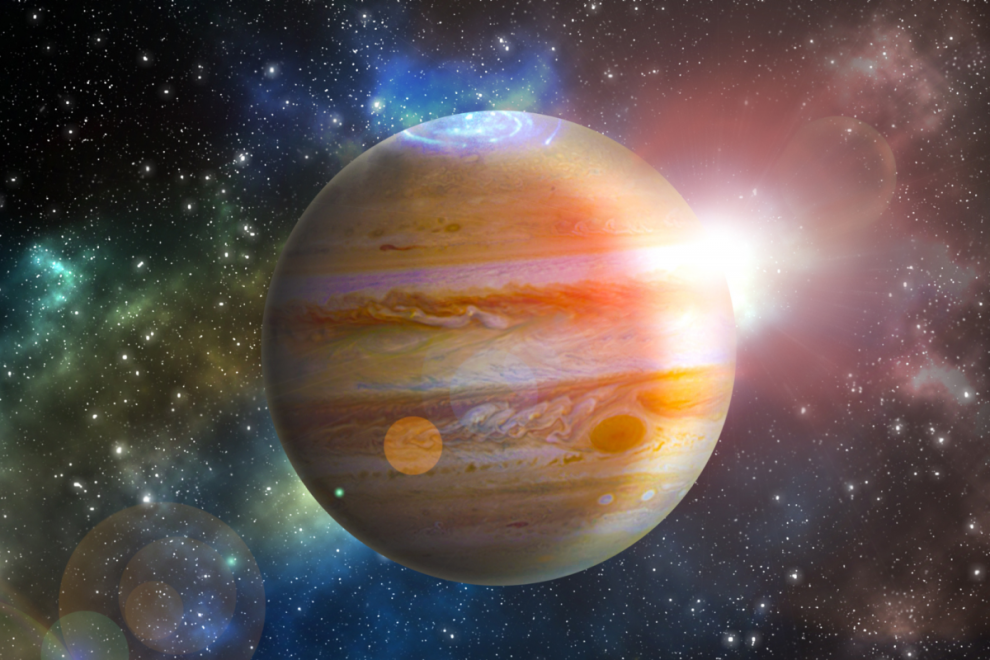Jupiter is the fifth planet from the sun and is the largest planet in the solar system. It is a gas giant planet, composed mainly of hydrogen and helium, with a small rocky core. The planet is named after the Roman king of gods and is often referred to as the “King of Planets” due to its size and importance in the solar system.
Discovery and Exploration
Jupiter has been known since ancient times and was named after the Roman god Jupiter, who was the king of gods and the god of the sky and thunder. The first person to observe Jupiter through a telescope was Galileo Galilei in 1610. He discovered four of Jupiter’s largest moons, which are now known as the Galilean moons: Io, Europa, Ganymede, and Callisto.
Jupiter has been explored by several spacecraft, including the Pioneer 10 and 11 missions in the 1970s and the Voyager 1 and 2 missions in the 1980s. The Galileo spacecraft was launched in 1989 and orbited Jupiter from 1995 to 2003. It made several important discoveries about Jupiter, including evidence of a subsurface ocean on Europa.
Physical Characteristics
Jupiter has a diameter of about 86,881 miles (139,822 kilometers), making it the largest planet in the solar system. It is more than twice as massive as all the other planets in the solar system combined. Jupiter rotates very quickly, completing one rotation in just under 10 hours. This rapid rotation causes Jupiter to have an oblate shape, meaning it is flattened at the poles and bulges at the equator.
Jupiter’s atmosphere is composed mainly of hydrogen and helium, with small amounts of methane, ammonia, and water vapor. The planet has colorful bands of clouds, which are created by strong winds that blow in opposite directions at different altitudes. Jupiter’s most prominent feature is the Great Red Spot, a giant storm that has been raging for at least 350 years. The storm is about three times the size of Earth and is one of the most recognizable features in the solar system.
Moons
Jupiter has 79 known moons, the most of any planet in the solar system. The four largest moons, which were discovered by Galileo, are called the Galilean moons and are some of the most interesting objects in the solar system. Io is the most volcanic object in the solar system, with over 400 active volcanoes. Europa is believed to have a subsurface ocean that could potentially harbor life. Ganymede is the largest moon in the solar system and has its own magnetic field. Callisto is heavily cratered and is believed to have a subsurface ocean as well.
Jupiter’s other moons are much smaller and have diverse characteristics. Some of them are irregularly shaped, while others have their own atmospheres and magnetic fields.
Role in the Solar System
Jupiter plays an important role in the solar system. Its strong gravitational field influences the orbits of other planets and helps to stabilize the solar system as a whole. Without Jupiter, the inner planets, including Earth, would be more susceptible to impacts from comets and asteroids.
Jupiter’s large size and strong magnetic field also make it a natural laboratory for studying the physics of gas giants. Scientists have used spacecraft missions to study Jupiter’s atmosphere, magnetic field, and moons, providing valuable insights into the processes that shape the outer planets.



















Add Comment